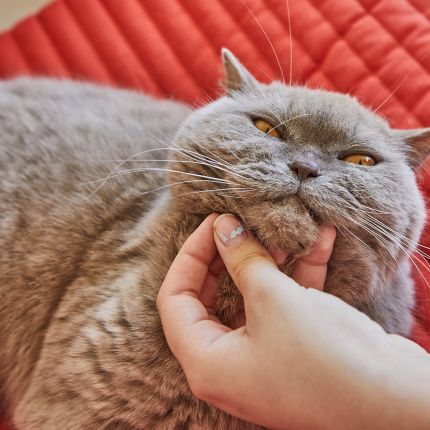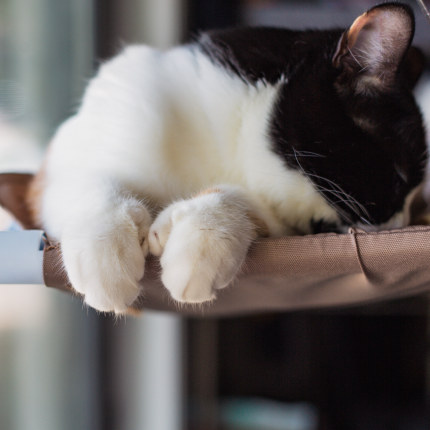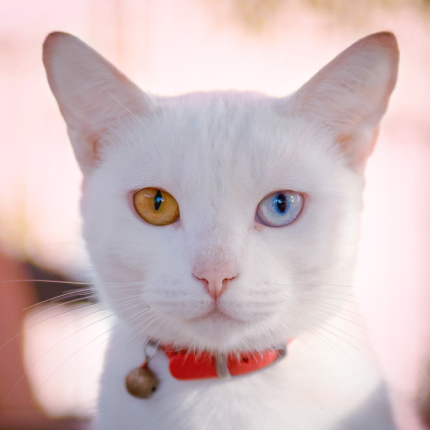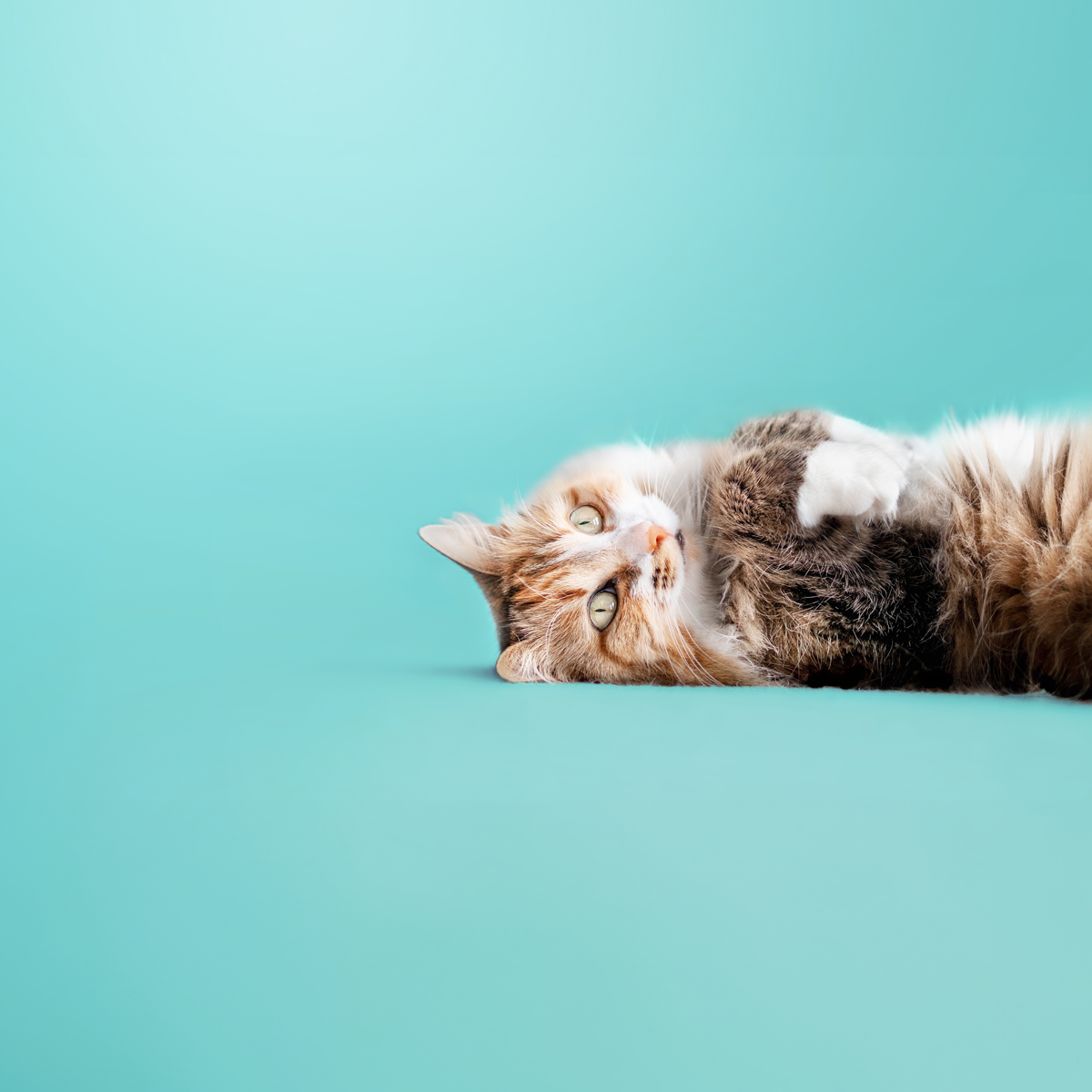Chin Acne in Cats: Causes, Symptoms, and Treatment

Chin acne in cats is a skin condition that affects the hair follicles on a cat’s chin, forming blackheads (comedones), pimples (pustules), and even more significant, boil-like sores. This condition is thought to be caused by the overproduction of keratin. Keratin is a protein found in the skin’s outer layers, which can clog hair follicles. When these follicles become blocked, inflammation and infection can occur, resulting in the characteristic symptoms of chin acne.
advertisement
What Causes Chin Acne in Cats?
While the exact cause of chin acne remains unclear, several factors are believed to contribute to its development. It is thought that abnormal follicular keratinization may be linked to an overproduction of sebum (the natural oils produced by the skin), which could indicate seborrheic diseases. Other potential triggers include stress, allergies, viral infections, or immunosuppression, but none have been definitively proven to cause feline acne.
Interestingly, there may also be a connection between using plastic food and water bowls and the development of chin acne. The scratches and irregular surfaces found in plastic dishes can trap bacteria, increasing the likelihood of infections that could lead to acne.
What Are the Symptoms?
The most common sign of chin acne is a dirty or greasy-looking chin, with the formation of blackheads and infected follicles. These lesions typically appear on the chin, lower lip, and sometimes the upper lip. The area may also become swollen, red, and inflamed. In more severe cases, the lesions may harden, become crusty, and be painful to the touch, especially if they progress to furunculosis (large, boil-like sores).
How is it Diagnosed?
Chin acne is generally diagnosed based on clinical symptoms and the cat’s medical history. Additional tests such as skin cultures, blood tests, skin cytology (to check for bacteria or yeast), or culture sensitivity tests may be used. In rare cases, biopsies or skin scrapings are recommended to rule out other conditions, such as cancer or immune-mediated diseases. Dental X-rays are sometimes conducted to ensure that an infected tooth root does not mimic chin acne’s appearance.
How Is Chin Acne Treated?
Treatment usually begins with improving the cat’s hygiene. The affected area is typically cleaned with benzoyl peroxide facial preparations or anti-seborrheic shampoos to flush out the hair follicles. Topical antibiotic ointments like mupirocin (Muricin®) are highly effective for many cats. However, clindamycin gels or liquid preparations (Antirobe®, Cleocin®, ClinDrops®) are also commonly used.
Omega-3 fatty acid supplements are often recommended to support skin health, as they can help reduce inflammation. In more severe or persistent cases, oral antibiotics, corticosteroids (to reduce inflammation), or even isotretinoin (the human acne drug Accutane®) may be prescribed.
Another simple solution that may help improve chin acne in some cats is to replace plastic food and water bowls. They can be replaced with non-porous, smooth-surfaced alternatives, such as glass or stainless steel. Its also important to ensure these dishes are washed daily.
advertisement
What is the Prognosis for Cats with Chin Acne?
Most cats with chin acne respond well to treatment, mainly when it includes improved hygiene and topical care. If your cat’s condition is more persistent or severe, additional treatments may be necessary to keep the acne under control. Close adherence to your veterinarian’s instructions is key to managing the condition effectively and preventing recurrence.
While chin acne can be uncomfortable and unsightly for cats, with proper treatment and care, most cats fully recover and can lead happy, healthy lives.

Featured Articles

Polydactyl Cats: Just More Beans to Love
Polydactyl cats have become extremely popular in recent times. As a result, more and more people are interested in learning more about this six-toed cat and want to get one of their own. If you are a cat lover intrigued by polydactyl cats, you have come to the right place….

The Odd-Eyed Cat (AKA Heterochromia)
Cats are already beautiful and fascinating creatures, but people are bound to take notice when they have something as captivating as two different colored eyes. Odd-eyed cats always have one blue eye paired with either a green, yellow, or brown eye. This form of heterochromia occurs in other animals, including…

Why Do Cats Roll Over Into Their Backs But Not Let You Touch Their Bellies?
It’s common knowledge dogs love to have their tummies rubbed when they freely lay down before you and roll onto their backs. But, if you’re also familiar with cats, you know that when they roll onto their backs with their bellies exposed, rubbing the belly will most likely result in…